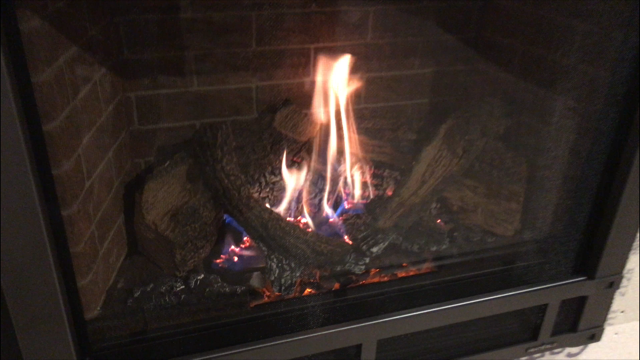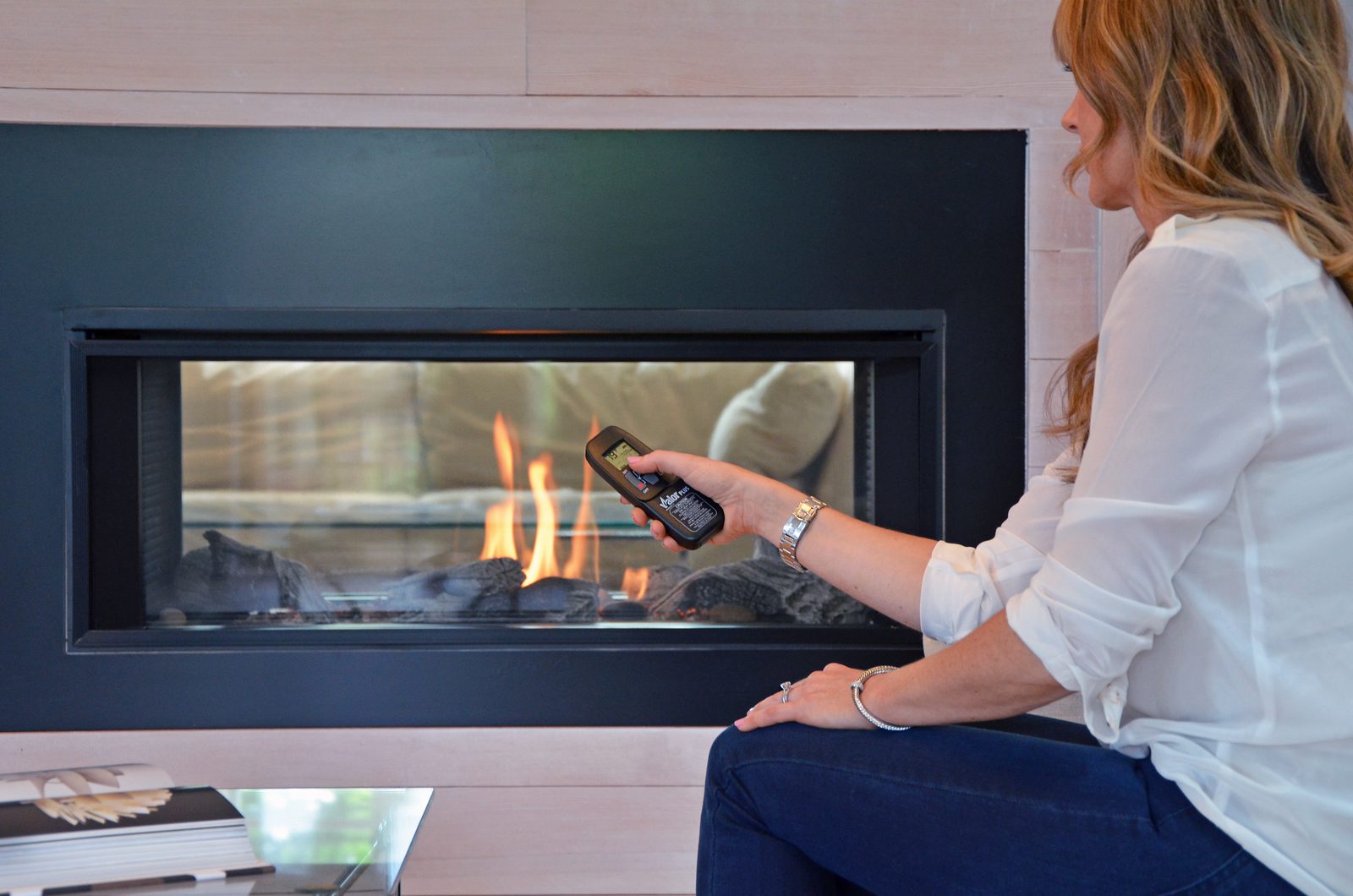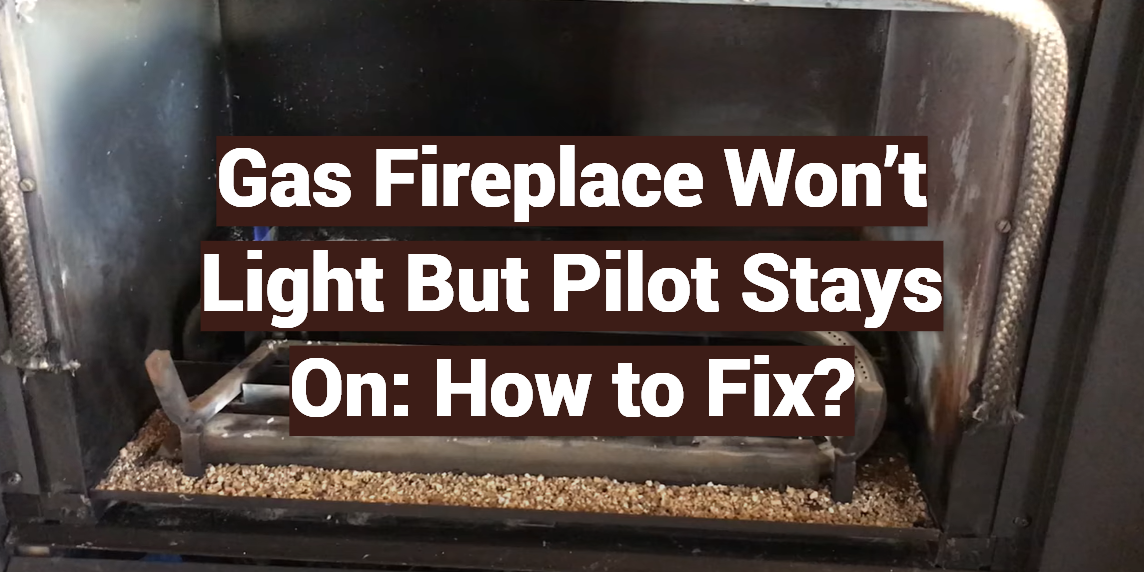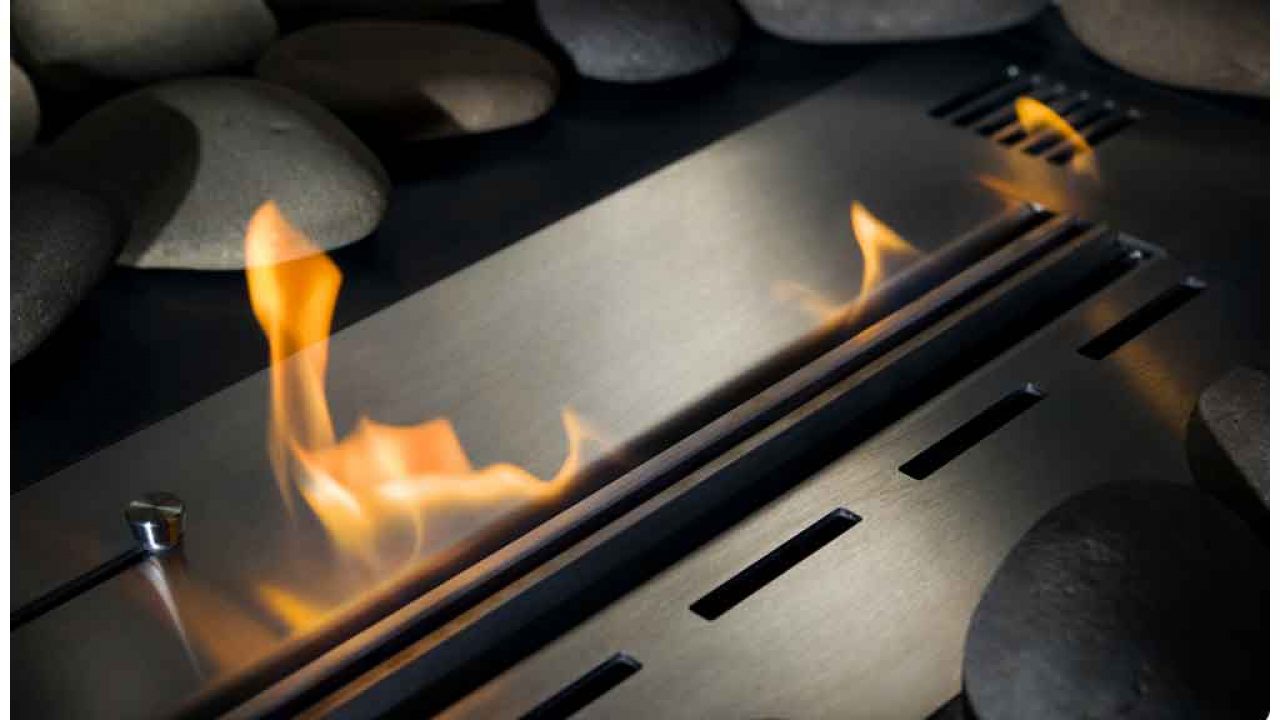Pilot Light Keeps Going Out On Gas Fireplace
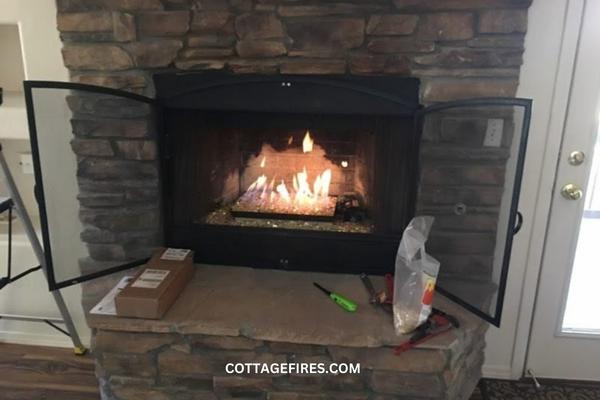
A flickering or consistently extinguishing pilot light in your gas fireplace is a common issue, but also one that demands attention. While it might seem minor, a malfunctioning pilot light can lead to a cold home, wasted gas, and potentially dangerous situations. This article dives deep into the reasons why your gas fireplace pilot light keeps going out, offering troubleshooting tips and solutions for homeowners, HVAC technicians, and facility managers alike.
Understanding the Pilot Light System
Before troubleshooting, it's crucial to understand the pilot light's role. The pilot light is a small, continuous flame that serves as the ignition source for the main burner in your gas fireplace. It operates on a small amount of gas, constantly burning to be ready to ignite the main burner when you turn on the fireplace. Think of it as the spark that starts the engine.
Most gas fireplaces use a thermocouple or thermopile to ensure safe operation. These devices are heat-sensitive generators that produce a small electrical current when heated by the pilot flame. This current holds open the main gas valve, allowing gas to flow to the main burner when the fireplace is switched on. If the pilot light goes out, the thermocouple or thermopile cools down, the electrical current stops, and the main gas valve closes, preventing gas from leaking into your home. This is a critical safety feature.
Common Causes of a Pilot Light Extinguishing
Several factors can cause a gas fireplace pilot light to repeatedly go out. Here's a breakdown of the most frequent culprits:
1. Dirty Pilot Light Assembly
The pilot light assembly, including the orifice (a small opening that controls gas flow), is susceptible to dust, debris, and soot buildup over time. This accumulation can restrict gas flow, leading to a weak or unstable pilot flame that easily extinguishes.
Solution: Carefully clean the pilot light assembly. First, shut off the gas supply to the fireplace at the main valve. Use a small brush, a needle, or compressed air to gently remove any debris from the orifice and surrounding area. Be extremely careful not to enlarge the orifice, as this can affect the gas-to-air mixture and cause other problems. Some technicians use a specialized pilot orifice cleaning tool for this task.
2. Faulty Thermocouple or Thermopile
As mentioned earlier, the thermocouple or thermopile is responsible for keeping the main gas valve open. If this component is damaged, corroded, or simply nearing the end of its lifespan, it may not generate enough electrical current to hold the valve open, causing the pilot light to go out. The thermocouple is usually a thin copper rod positioned directly in the pilot flame.
Solution: Test the thermocouple or thermopile with a multimeter. A reading below the manufacturer's specified voltage indicates a failing component. Replace the thermocouple or thermopile with a new one that is compatible with your fireplace model. This usually involves disconnecting the old unit, carefully noting the connection points, and attaching the new one. Always follow the manufacturer's instructions.
3. Drafts
Drafts, whether from open windows, doors, or leaky chimneys, can easily extinguish a pilot light, especially if the flame is already weak due to other issues.
Solution: Identify and eliminate any drafts near the fireplace. Seal any gaps around windows and doors. Ensure the chimney damper is properly adjusted. Consider installing a draft guard around the fireplace opening.
4. Low Gas Pressure
Insufficient gas pressure can result in a weak pilot flame that is easily extinguished. This can be caused by a problem with the main gas line, a malfunctioning gas regulator, or even high gas usage elsewhere in the home.
Solution: Check the gas pressure using a manometer. This task is best left to a qualified HVAC technician or gas plumber. They can diagnose and repair any issues with the gas supply line or regulator. A low gas pressure reading might also indicate a problem with the gas meter itself, which would require contacting your gas company.
5. Blocked Vent or Chimney
A blocked vent or chimney can prevent proper ventilation, leading to a buildup of carbon monoxide and other gases. This can disrupt the pilot light's operation and even pose a serious health hazard.
Solution: Inspect the vent or chimney for any obstructions, such as bird nests, leaves, or debris. Clear any blockages to ensure proper airflow. Schedule a professional chimney sweep to clean and inspect the chimney annually.
6. Gas Valve Issues
The gas valve controls the flow of gas to both the pilot light and the main burner. If the gas valve is faulty, it may not be supplying enough gas to the pilot light, causing it to extinguish. This is less common, but can occur.
Solution: Gas valve issues are complex and potentially dangerous. Contact a qualified HVAC technician to diagnose and repair or replace the gas valve.
7. Air in the Gas Line
If the gas line has been recently worked on or if the gas supply has been interrupted, air may have entered the line. This air can interfere with the gas flow to the pilot light.
Solution: Purge the air from the gas line. This usually involves bleeding the gas line at a specific valve. Consult the fireplace manufacturer's instructions or contact a qualified HVAC technician for assistance.
Troubleshooting Steps
Here's a step-by-step troubleshooting guide to help you diagnose and resolve the issue:
- Safety First: Turn off the gas supply to the fireplace at the main valve.
- Visual Inspection: Carefully inspect the pilot light assembly for any visible dirt, debris, or corrosion.
- Cleaning: Clean the pilot light assembly using a small brush, a needle, or compressed air.
- Thermocouple/Thermopile Test: Test the thermocouple or thermopile with a multimeter.
- Draft Check: Identify and eliminate any drafts near the fireplace.
- Vent/Chimney Inspection: Inspect the vent or chimney for any obstructions.
- Relight the Pilot: Follow the manufacturer's instructions to relight the pilot light.
- Monitor: Observe the pilot light for any signs of instability or flickering.
When to Call a Professional
While some issues can be resolved with simple troubleshooting, certain situations require the expertise of a qualified HVAC technician. Contact a professional if:
- You are uncomfortable working with gas appliances.
- You suspect a gas leak.
- You are unable to diagnose the problem.
- The problem persists after troubleshooting.
- You need to replace the gas valve.
Preventative Maintenance
Regular maintenance can help prevent pilot light problems and ensure the safe and efficient operation of your gas fireplace. Consider the following:
- Schedule an annual inspection and cleaning by a qualified HVAC technician.
- Clean the pilot light assembly regularly.
- Inspect the vent or chimney for any obstructions.
- Replace the thermocouple or thermopile every few years, or as recommended by the manufacturer.
Cost Considerations
Addressing a pilot light issue can involve various costs:
- DIY Cleaning: Minimal cost, primarily for cleaning supplies.
- Thermocouple/Thermopile Replacement: $20-$50 for the part, plus labor if professionally installed.
- Professional Service Call: $75-$150 for a diagnostic visit, plus the cost of any necessary repairs.
- Gas Valve Replacement: $200-$500, including parts and labor.
Efficiency and Lifespan
A properly functioning pilot light is essential for the efficient operation of your gas fireplace. A malfunctioning pilot light can waste gas and reduce the fireplace's heating capacity. Regularly maintaining the pilot light and addressing any issues promptly can extend the lifespan of your fireplace and ensure optimal performance.
In conclusion, a persistent pilot light problem in a gas fireplace is often a sign of underlying issues that need to be addressed. By understanding the common causes, following the troubleshooting steps, and seeking professional help when needed, homeowners, HVAC technicians, and facility managers can ensure the safe, efficient, and reliable operation of their gas fireplaces.


